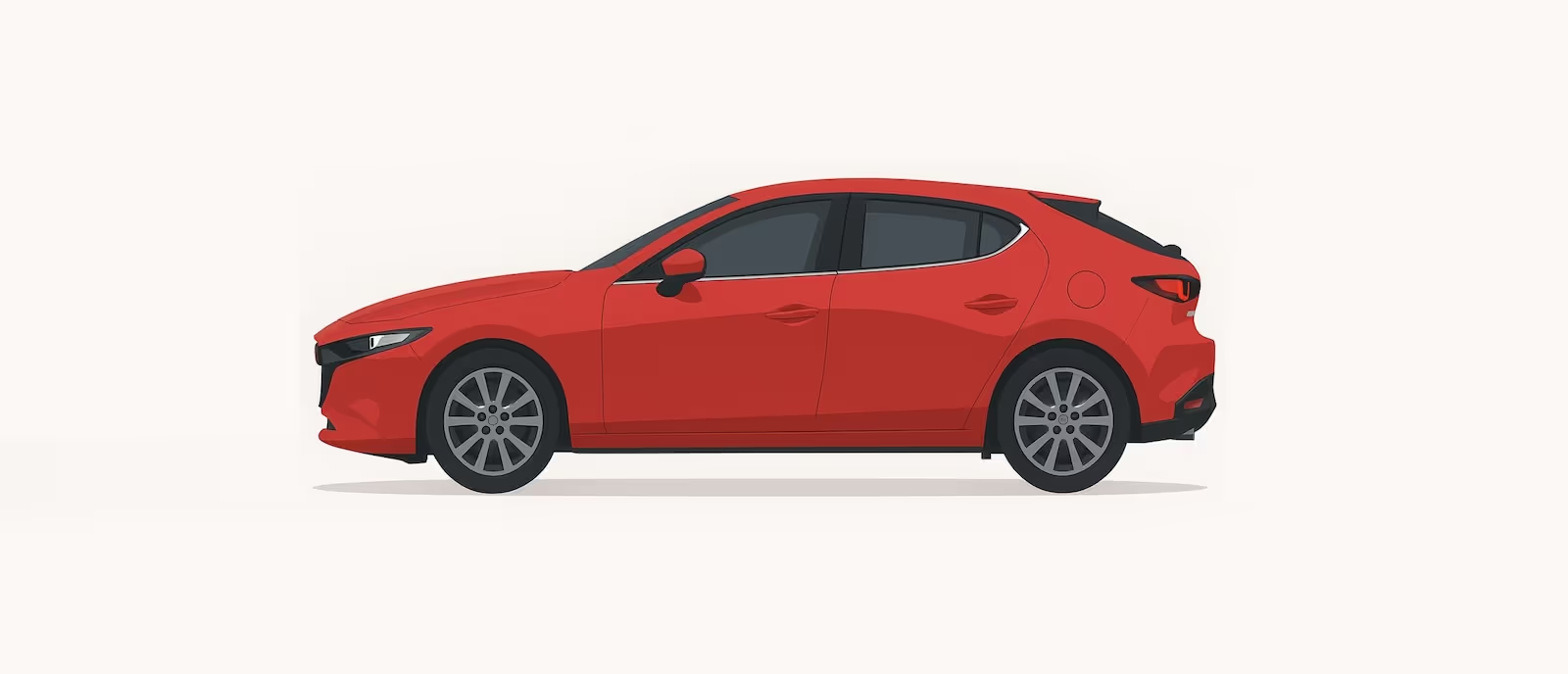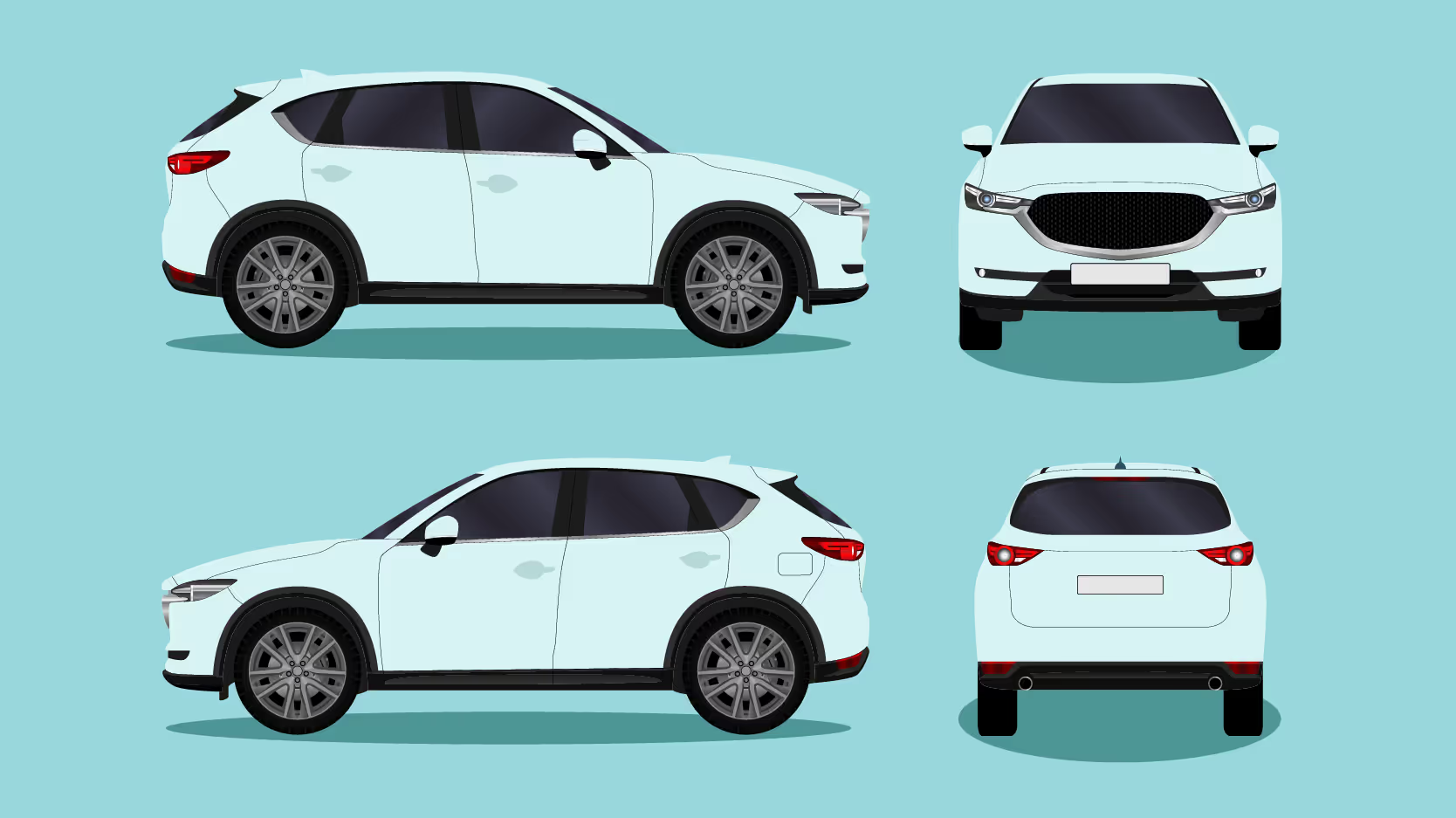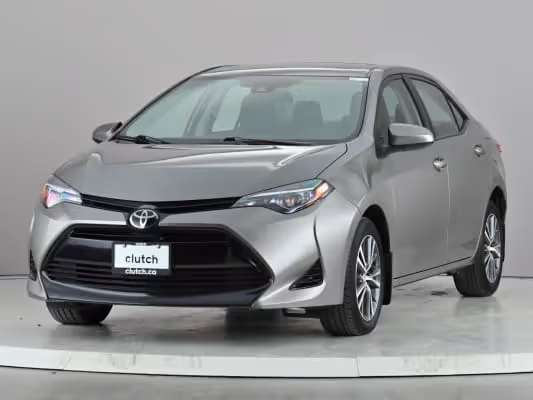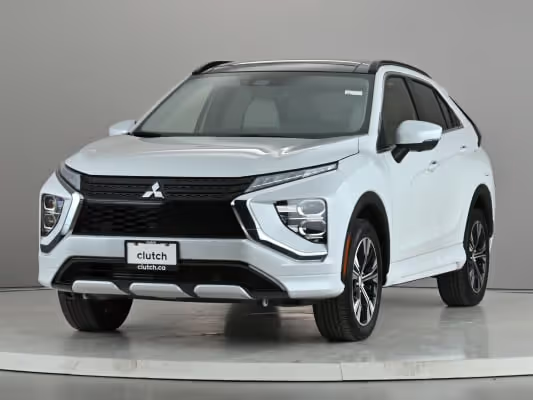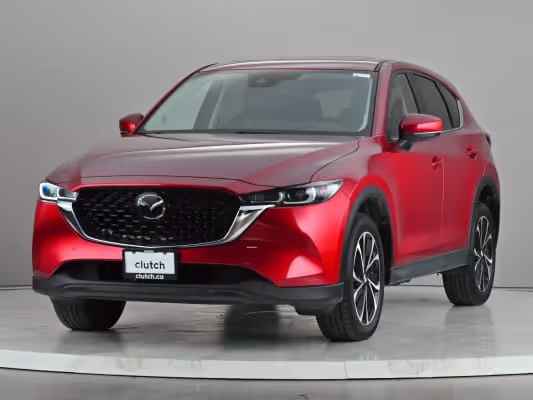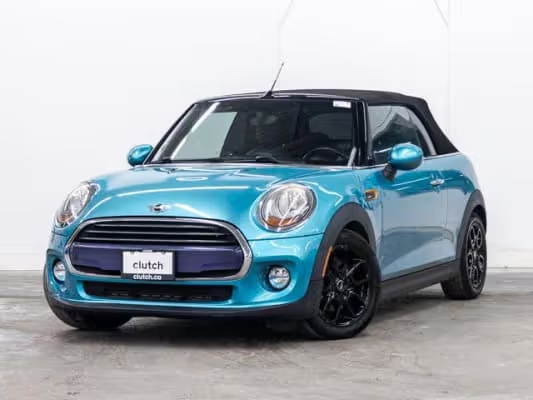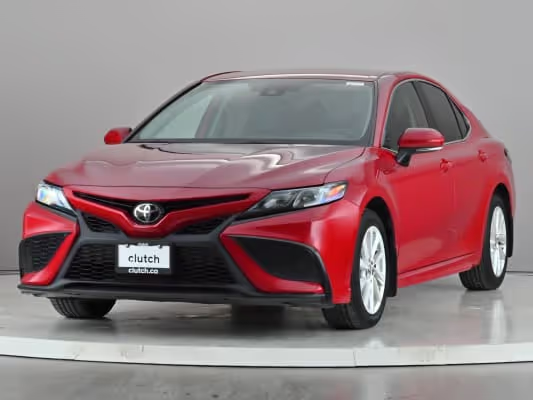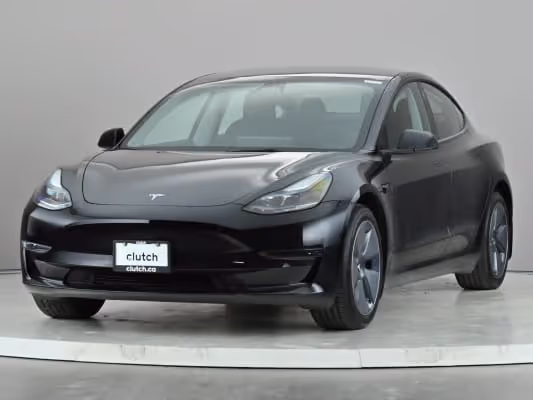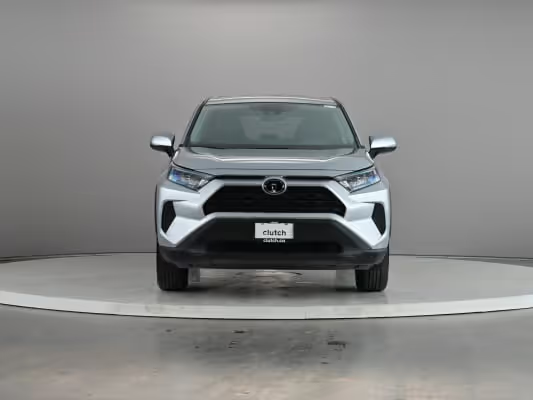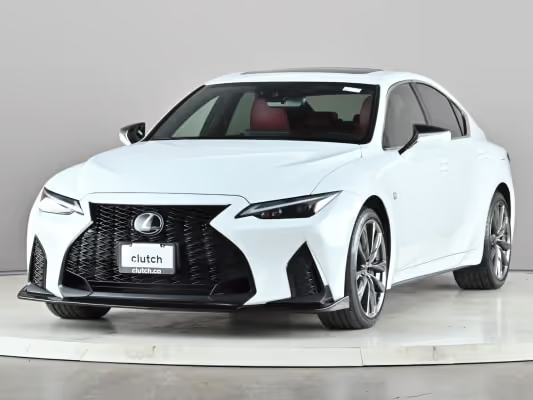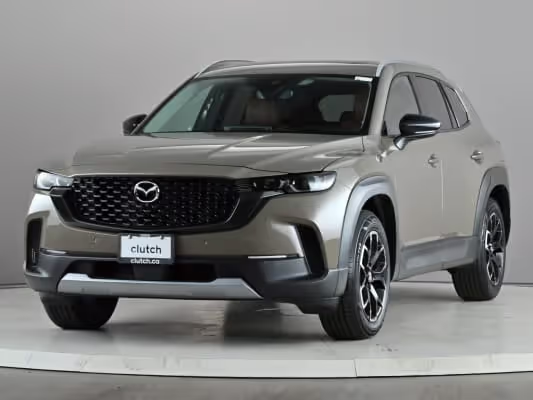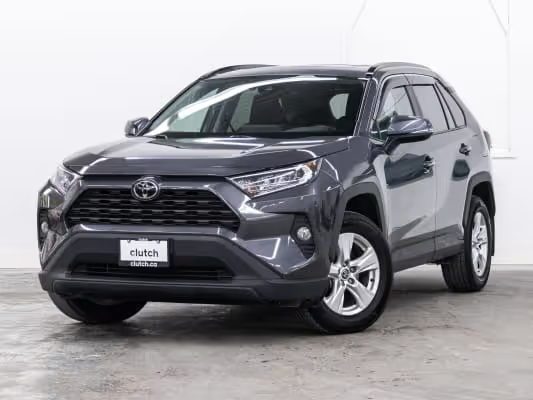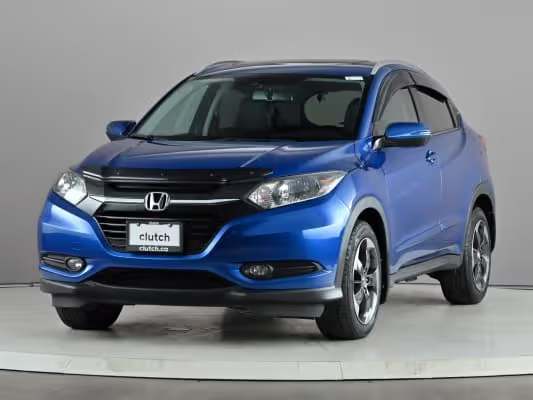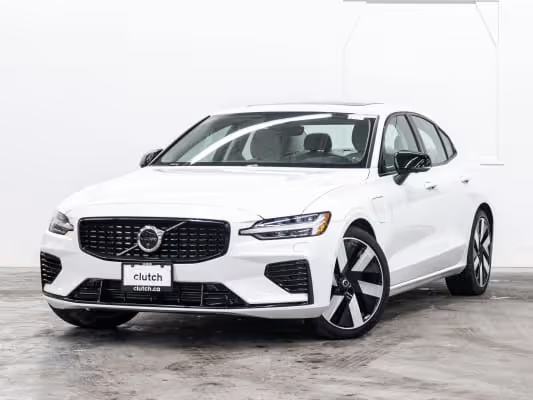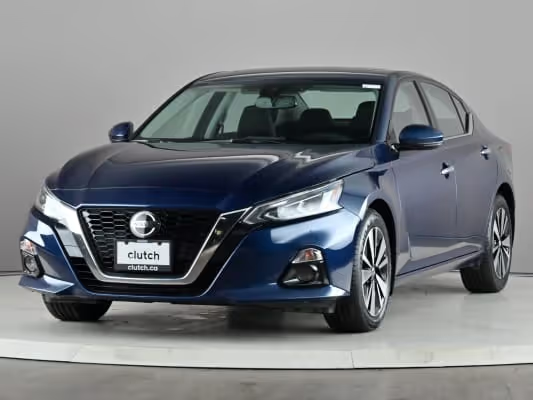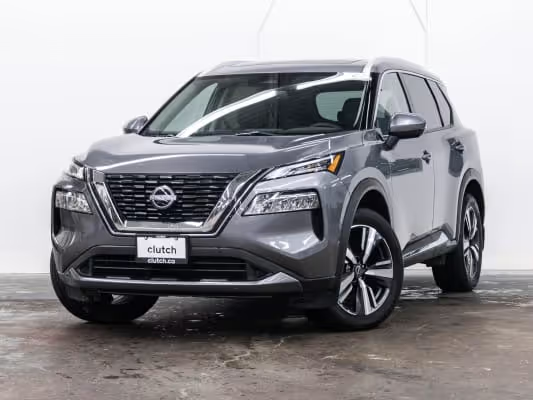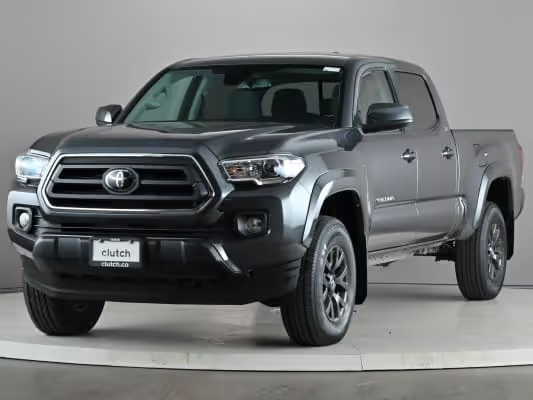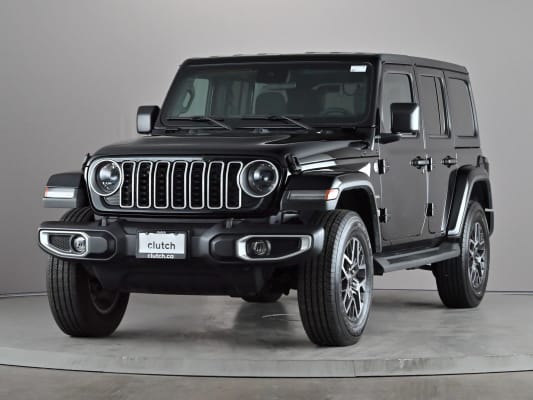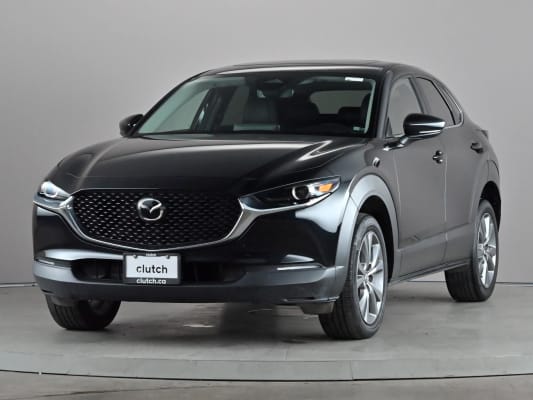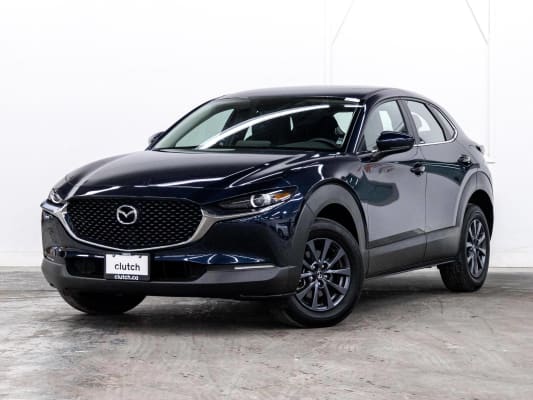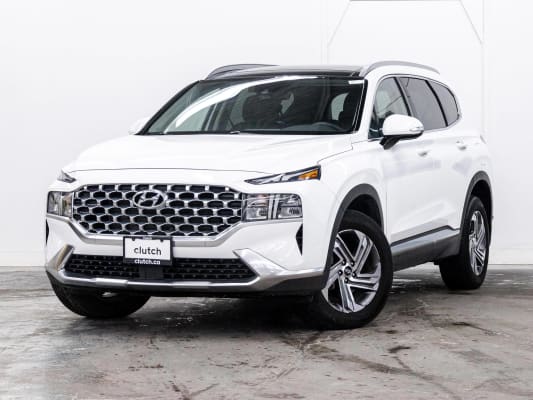The Mazda3 has long been a favourite among Canadian drivers thanks to its sporty handling, stylish design, and strong fuel economy. Whether you're commuting through downtown Toronto, cruising along BC's coastal highways, or braving icy winter roads in New Brunswick, the Mazda3 delivers a confident, engaging drive in a compact, affordable package.
However, even with its popularity, there are specific Mazda3 years to avoid if you're shopping for a used model. Some years are known for mechanical issues, premature rust, or technology problems that can turn a good deal into a costly headache.
This guide will break down the used Mazda3 model years that are most likely to cause trouble, highlight what makes them risky, and help you zero in on safer, more reliable alternatives, so you can buy with confidence and drive worry-free.
Mazda3 Years to Avoid
While the Mazda3 is often praised for its reliability and driving fun, a few specific model years have been associated with recurring problems that can lead to costly repairs. If you're shopping for a used Mazda3 in Canada, it's wise to be cautious with the following years:
Although not every Mazda3 from these years is guaranteed to have issues, they are more likely to develop reliability concerns than other model years. In the sections below, we’ll take a closer look at what makes these years less desirable–and how to protect yourself if you're considering one.
2004-2006 Mazda3: Rust and Suspension Issues
The first-generation Mazda3 helped establish the model as a favourite among Canadian drivers, offering agile handling, good fuel economy, and sharp styling in a compact package. But while these early models have their strengths, the 2004 to 2006 Mazda3s are also known for some long-term reliability concerns–especially when it comes to rust.
Premature corrosion is one of the most commonly reported issues with these years. In particular, the rear wheel arches, rocker panels, and underbody are prone to rusting, especially in regions with heavy winter road salt. This rust isn't just cosmetic; in severe cases, it can affect structural components or spread to brake lines and suspension mounts.
Another concern is suspension wear. Many owners have reported clunking noises from the front end, often traced to worn sway bar links, bushings, or struts. While these components are relatively inexpensive to replace, they can lead to uneven tire wear, poor ride quality, and unexpected repair bills if left unaddressed.
Additional drawbacks of the 2004-2006 Mazda3:
- Less refined cabin insulation and ride comfort compared to later generations
- Fewer safety features and outdated infotainment systems
- Many examples now have high mileage and may not have received proper rustproofing
If you're considering one of these early Mazda3s, it’s essential to inspect the undercarriage and rear fenders for rust, ask for any rustproofing records, and have a mechanic check the suspension for signs of wear or corrosion.
2010 Mazda3: Clutch and Transmission Complaints
The second-generation Mazda3 arrived with sharper looks, improved refinement, and a more upscale interior than its predecessor. However, the 2010 model year–especially in manual transmission trims–has drawn criticism from Canadian drivers due to clutch and transmission issues.
Many owners of manual-equipped 2010 Mazda3s reported premature clutch failure, sometimes before 80,000 kilometres. In several cases, Mazda declined warranty coverage, citing driver wear, even when failures occurred under normal conditions. The problem was often traced to weak clutch components that wore down faster than expected, leading to slipping, difficulty shifting, or a burning smell under load.
Automatic models from the same year also saw complaints about harsh shifting and hesitation, although these were less common. While not as widespread as the clutch issue, they still contributed to an overall bumpier ownership experience.
Why it matters for Canadian shoppers:
- Clutch repairs are expensive, often costing over $1,000 out of warranty
- Transmission performance can suffer in cold weather, amplifying hesitation or rough shifting
- Resale value is lower for this model year due to its reputation among enthusiasts and mechanics
If you're considering a 2010 Mazda3–especially with a manual transmission–ask for detailed service records showing if the clutch has been replaced. A pre-purchase inspection can also help identify early signs of transmission wear or poor shifting response.
2014-2015 Mazda3: Infotainment System Glitches
Mazda launched the third-generation Mazda3 in 2014 with an all-new platform, improved fuel economy, and a more premium look and feel. It also introduced the Mazda Connect infotainment system, a touchscreen interface designed to modernize the cabin experience. Unfortunately, the early rollout of this system came with several technical issues that have frustrated many owners.
Drivers of 2014 and 2015 models commonly reported problems such as freezing screens, slow responsiveness, and backup camera malfunctions. In some cases, the touchscreen would stop working entirely or reset unexpectedly while driving. A known issue in these years is screen delamination, where the surface of the screen starts to bubble or peel, making it hard to read or use the display.
Most of these problems were tied to software bugs or hardware quality issues that Mazda improved in later years. While some fixes were available through software updates, others required costly screen or infotainment module replacements.
Why it matters for Canadian buyers:
- Infotainment glitches are especially frustrating in winter when backup cameras and touchscreen controls are more heavily relied on
- Replacing the infotainment screen can cost over $1,000 if out of warranty
- These issues reduce the vehicle’s resale appeal and tech usability
If you’re looking at a 2014 or 2015 Mazda3, test every infotainment feature during the inspection–especially the touchscreen, camera, and Bluetooth. Ask if the infotainment unit has been replaced or updated, and confirm whether any TSBs (technical service bulletins) were performed at a Mazda dealership.
2019 Mazda3: Early Bugs with New Platform
The 2019 Mazda3 marked the debut of the fourth-generation model, showcasing sleek styling, a new all-wheel-drive option, and an overhauled interior with upscale materials. While it introduced exciting upgrades, the first model year of any new generation often comes with growing pains–and the 2019 Mazda3 was no exception.
One of the most reported issues involved the electronic parking brake and brake assist system. Some owners received dashboard warnings for brake errors or found the emergency brake engaging unexpectedly. While many of these alerts were false alarms caused by software glitches, they created confusion and led to dealership visits for diagnostics and reprogramming.
Early AWD trims also received criticism for jerky acceleration and awkward handling at low speeds. These concerns were typically tied to drivetrain calibration issues, which Mazda later addressed in software updates.
Why it matters for Canadian drivers:
- False brake warnings can be unsettling and may erode driver confidence in winter conditions
- AWD hesitation is more noticeable in stop-and-go traffic and slippery conditions
- These bugs were mostly addressed in later model years, making 2021+ a safer choice
If you're considering a 2019 Mazda3, confirm whether the latest software updates were performed. A thorough test drive–including cold starts and low-speed maneuvers–can help you identify potential AWD or electronic bugs before you buy.
Common Mazda3 Problems to Watch For
Even though the Mazda3 is known for solid reliability overall, a few recurring issues have affected certain model years more than others. If you’re shopping for a used Mazda3 in Canada, keep an eye out for these common trouble spots:
- Premature rust (2004-2009): Rust-prone rear fenders, rocker panels, and underbody are a widespread issue on first-gen models, especially in areas with harsh winters and salted roads.
- Manual clutch wear (2010-2013): Clutch components in manual transmission models often wore out early, sometimes requiring replacement under 100,000 km.
- Infotainment glitches (2014-2016): Freezing screens, touchscreen delamination, and backup camera issues were frequent in early Mazda Connect systems.
- Brake warnings and electronic bugs (2019): Faulty software in the new-gen Mazda3 triggered false brake alerts or electronic parking brake faults, especially in early AWD trims.
- Suspension noise (multiple years): Clunking or rattling sounds from the front suspension are often linked to worn sway bar links or strut mounts, especially in high-mileage vehicles.
Staying alert to these issues during a test drive and pre-purchase inspection can help you avoid unexpected costs after purchase.
Buying Checklist for a Used Mazda3 in Canada
If you've narrowed your search to a Mazda3, taking a few extra steps before signing can help you avoid headaches down the road. Here’s what to look for during your inspection and test drive:
- Check for rust: Focus on the wheel wells, rocker panels, and undercarriage–especially on 2004-2009 models. Surface rust is manageable, but bubbling paint or deep corrosion could mean structural issues.
- Review clutch and transmission service: For 2010-2013 manuals, confirm if the clutch has been replaced. Ask for repair records or invoices.
- Inspect infotainment functionality: Test the touchscreen, Bluetooth pairing, backup camera, and steering wheel controls–especially on 2014-2016 models.
- Confirm brake and AWD software updates: On 2019+ models, ask whether the latest updates were installed at a Mazda dealership to resolve known bugs.
- Listen for suspension noise: During your test drive, pay attention to any clunking or rattling from the front end, especially over bumps or while turning.
- Ask for a CARFAX report: Look for past accidents, outstanding recalls, or previous use as a rental or fleet vehicle. All Clutch vehicles include a free CARFAX report so you can shop with confidence.
A detailed inspection, like the ones conducted by Clutch, can help you spot red flags early and save you money over the long run.
{{inlinecta2}}
Don’t Rule Them Out, Just Be Smart
The Mazda3 has a well-earned reputation as a fun, reliable, and efficient compact car–and most years live up to that name. But like any long-running model, some years have more problems than others. If you're shopping for a used Mazda3 in Canada, it's smart to be cautious with the 2004-2006, 2010, 2014-2015, and 2019 models unless they’ve been well maintained.
That said, these years aren’t always deal-breakers. With proper maintenance, repairs, or software updates, many can still be great buys. The key is doing your homework: ask for service records, check for rust, and get a CARFAX report.
Want to know which Mazda3 years are the most reliable and offer the best value? Check out our full guide to the Best Mazda Mazda3 Years to Buy Used in Canada for generation-by-generation recommendations.
If you want a simple, worry-free used car buying experience, Clutch has you covered. All of our Mazda3s are fully inspected, come with a free CARFAX report, and include a 10-day money-back guarantee–so you can shop from home with total peace of mind.
Start your search today
Browse Clutch’s Mazda3 inventory and find your next car with confidence.
{{widget-1}}
FAQs About Mazda3 Years to Avoid
What Mazda3 years should I avoid when buying used?
The Mazda3 model years to avoid are 2004–2006, 2010, 2014–2015, and 2019. These years are linked to issues like premature rust, clutch failure, infotainment glitches, and brake system bugs. Always check service history before buying.
What Mazda3 years should I avoid when buying used?
The Mazda3 model years to avoid are 2004–2006, 2010, 2014–2015, and 2019. These years are linked to issues like premature rust, clutch failure, infotainment glitches, and brake system bugs. Always check service history before buying.
What Mazda3 years should I avoid when buying used?
The Mazda3 model years to avoid are 2004–2006, 2010, 2014–2015, and 2019. These years are linked to issues like premature rust, clutch failure, infotainment glitches, and brake system bugs. Always check service history before buying.
What Mazda3 years should I avoid when buying used?
The Mazda3 model years to avoid are 2004–2006, 2010, 2014–2015, and 2019. These years are linked to issues like premature rust, clutch failure, infotainment glitches, and brake system bugs. Always check service history before buying.
What Mazda3 years should I avoid when buying used?
The Mazda3 model years to avoid are 2004–2006, 2010, 2014–2015, and 2019. These years are linked to issues like premature rust, clutch failure, infotainment glitches, and brake system bugs. Always check service history before buying.
Why is the 2010 Mazda3 considered a bad year?
The 2010 Mazda3, especially in manual versions, is known for clutch problems and transmission issues. Many owners reported early clutch failure, which often wasn’t covered under warranty.
Why is the 2010 Mazda3 considered a bad year?
The 2010 Mazda3, especially in manual versions, is known for clutch problems and transmission issues. Many owners reported early clutch failure, which often wasn’t covered under warranty.
Why is the 2010 Mazda3 considered a bad year?
The 2010 Mazda3, especially in manual versions, is known for clutch problems and transmission issues. Many owners reported early clutch failure, which often wasn’t covered under warranty.
Why is the 2010 Mazda3 considered a bad year?
The 2010 Mazda3, especially in manual versions, is known for clutch problems and transmission issues. Many owners reported early clutch failure, which often wasn’t covered under warranty.
Why is the 2010 Mazda3 considered a bad year?
The 2010 Mazda3, especially in manual versions, is known for clutch problems and transmission issues. Many owners reported early clutch failure, which often wasn’t covered under warranty.
Why is the 2010 Mazda3 considered a bad year?
The 2010 Mazda3, especially in manual versions, is known for clutch problems and transmission issues. Many owners reported early clutch failure, which often wasn’t covered under warranty.
Are early Mazda3 models prone to rust?
Yes, 2004 to 2006 Mazda3 models are particularly prone to rust, especially in Canadian climates. Rust often appears on rear fenders, rocker panels, and undercarriage areas due to poor factory rustproofing.
Are early Mazda3 models prone to rust?
Yes, 2004 to 2006 Mazda3 models are particularly prone to rust, especially in Canadian climates. Rust often appears on rear fenders, rocker panels, and undercarriage areas due to poor factory rustproofing.
Are early Mazda3 models prone to rust?
Yes, 2004 to 2006 Mazda3 models are particularly prone to rust, especially in Canadian climates. Rust often appears on rear fenders, rocker panels, and undercarriage areas due to poor factory rustproofing.
Are early Mazda3 models prone to rust?
Yes, 2004 to 2006 Mazda3 models are particularly prone to rust, especially in Canadian climates. Rust often appears on rear fenders, rocker panels, and undercarriage areas due to poor factory rustproofing.
What problems does the 2019 Mazda3 have?
The 2019 Mazda3 had several first-year bugs tied to its new platform, including false brake warnings and jerky AWD performance. Many issues were later fixed with software updates.
What problems does the 2019 Mazda3 have?
The 2019 Mazda3 had several first-year bugs tied to its new platform, including false brake warnings and jerky AWD performance. Many issues were later fixed with software updates.
What problems does the 2019 Mazda3 have?
The 2019 Mazda3 had several first-year bugs tied to its new platform, including false brake warnings and jerky AWD performance. Many issues were later fixed with software updates.
What problems does the 2019 Mazda3 have?
The 2019 Mazda3 had several first-year bugs tied to its new platform, including false brake warnings and jerky AWD performance. Many issues were later fixed with software updates.
What problems does the 2019 Mazda3 have?
The 2019 Mazda3 had several first-year bugs tied to its new platform, including false brake warnings and jerky AWD performance. Many issues were later fixed with software updates.
Can I still buy a Mazda3 from a “bad” year?
Yes, you can still buy a Mazda3 from a problem year—if it’s been well maintained. Look for service records, check for rust or infotainment fixes, and confirm any software updates before purchase.
Can I still buy a Mazda3 from a “bad” year?
Yes, you can still buy a Mazda3 from a problem year—if it’s been well maintained. Look for service records, check for rust or infotainment fixes, and confirm any software updates before purchase.
Can I still buy a Mazda3 from a “bad” year?
Yes, you can still buy a Mazda3 from a problem year—if it’s been well maintained. Look for service records, check for rust or infotainment fixes, and confirm any software updates before purchase.

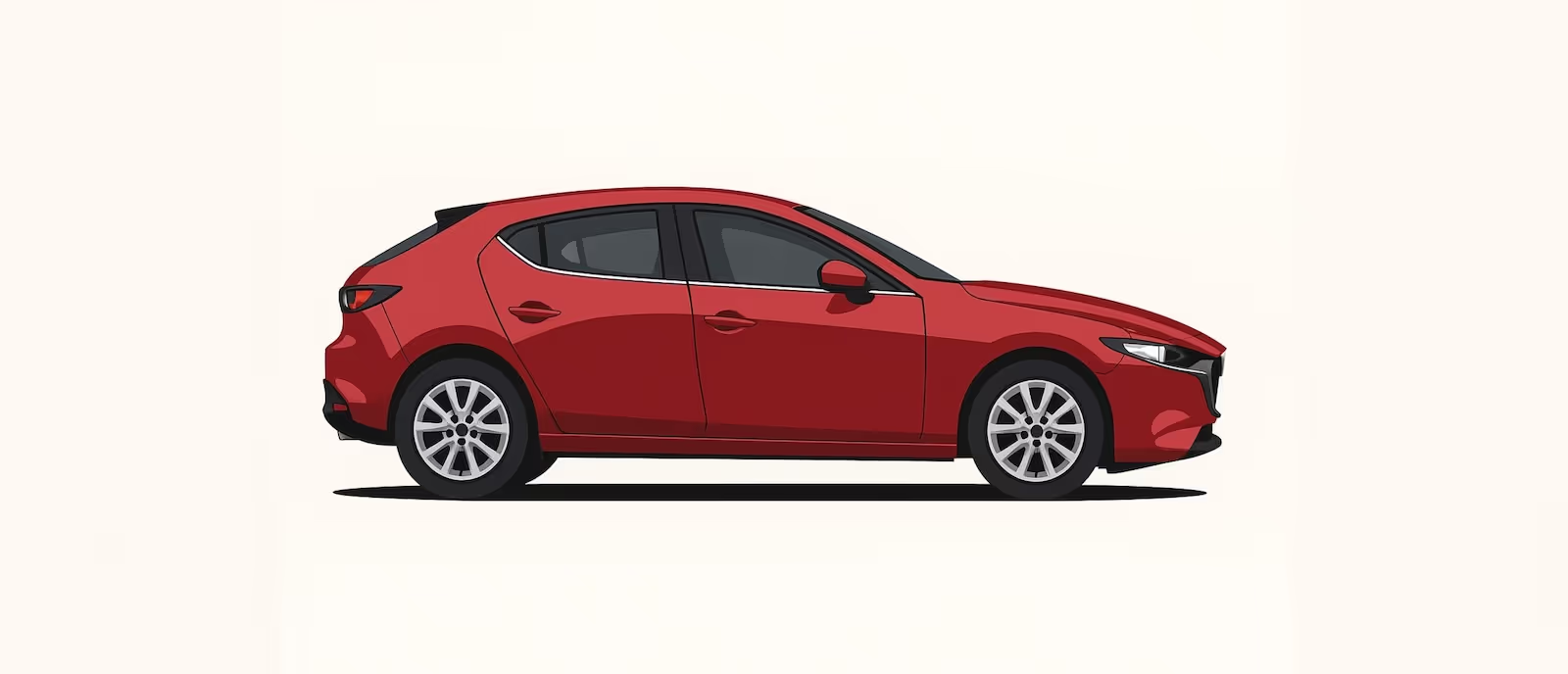


_Article.avif)
_Thumbnail.avif)
